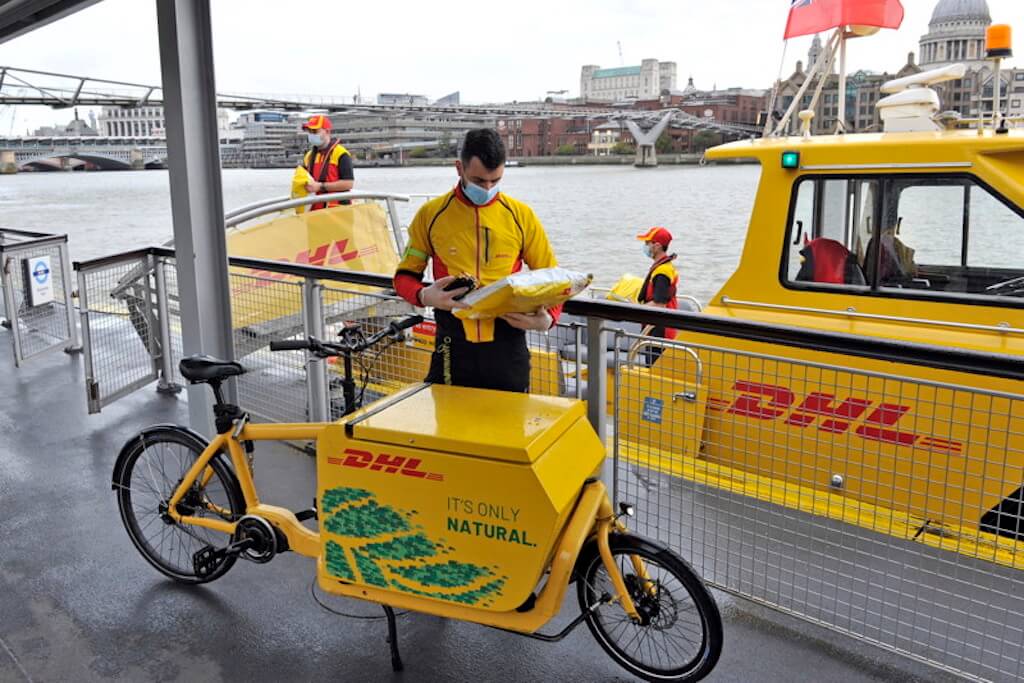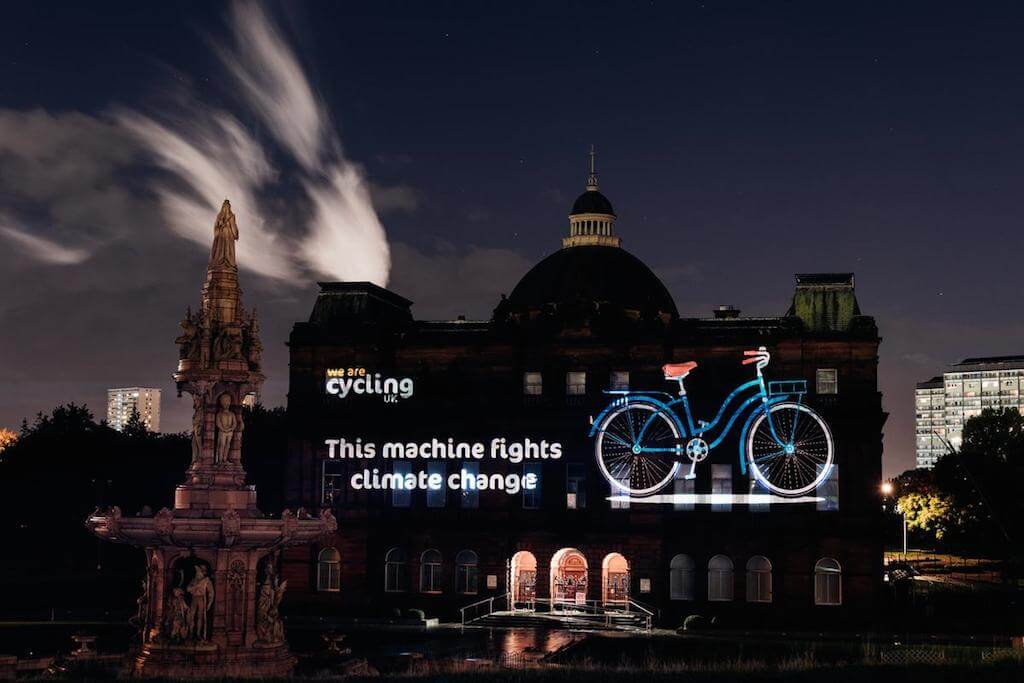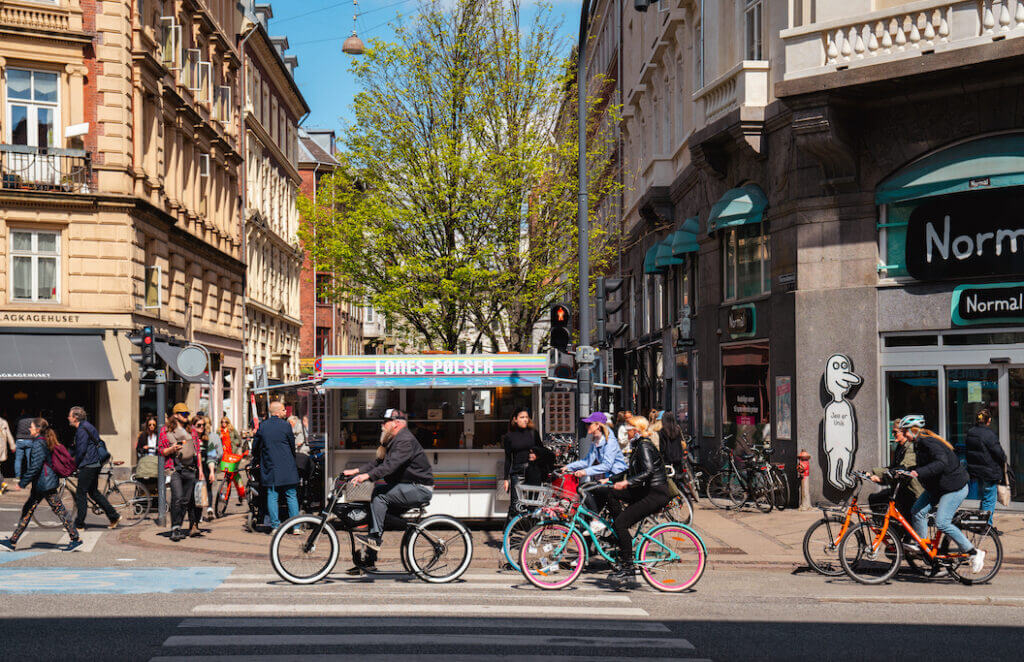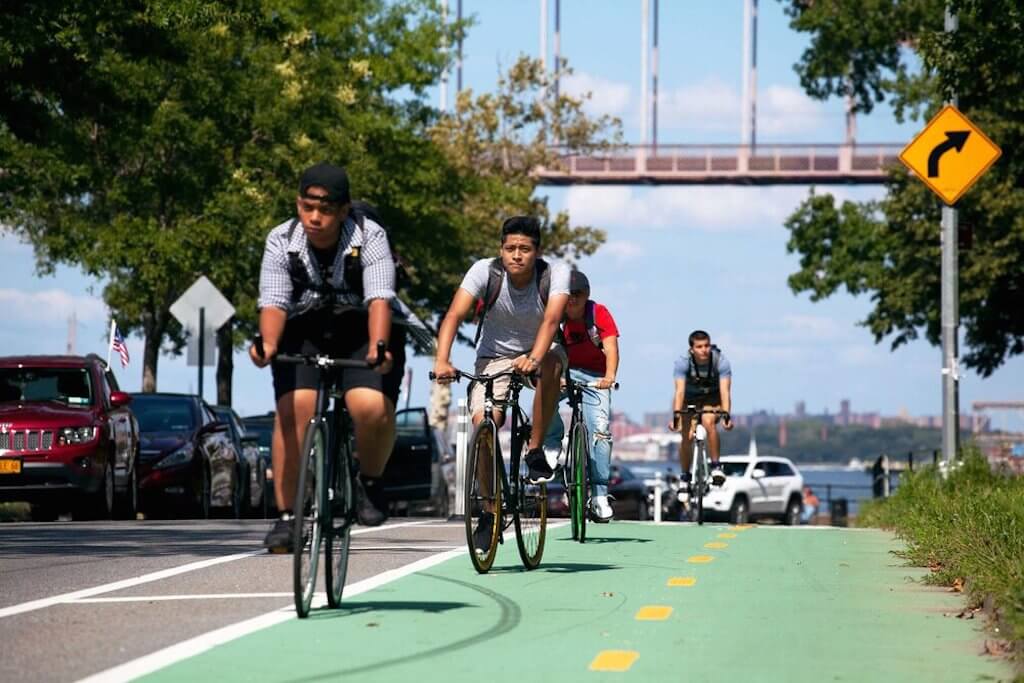Autumn Gear Guide
Find inspiration in our Gear Guide that will keep you out on your bike through wind or rain.
Download NowIs there a bicycle culture war happening on the streets right now? It sure does seem like it, as conversations turn from differences in policy to inflammatory and, yes, hate-fuelled rhetoric. Do bicyclists represent more than just a person wanted to pedal a two-wheeled thing of beauty to work? And, since when do people who […]
Is there a bicycle culture war happening on the streets right now? It sure does seem like it, as conversations turn from differences in policy to inflammatory and, yes, hate-fuelled rhetoric. Do bicyclists represent more than just a person wanted to pedal a two-wheeled thing of beauty to work? And, since when do people who choose cars represent everything wrong with the world?
It’s hard to ride a bicycle to work on a regular basis, and not turn into a bike advocate. People want to be safe, and riding a bicycle for transportation currently comes with significant risks. But, years ago, even with critical mass movements, the world naked bike ride, and similar political actions, the bicycle vs. car debate had a tone similar to other civic debates. There were wins, there were losses, and a very slow, glacially slow, movement forward.
Something changed. Maybe there have been too many wins of late for some, but the fight for safe cycling infrastructure to protect bicycles is reaching a fever pitch.
There have been attacks on those campaigning for safe cycling. The rhetoric is unbearably predictable. In Montreal, often see as North America’s most European city with a progressive take on cycling and cycling infrastructure, thumbtacks were thrown onto bike lanes to get a rather stark point across.
At Momentum, the comments and messages, though the vast majority are positive, have taken on the tone usually reserved for more hate-fuelled advocacy positions.
public service announcement from my good friend donna pic.twitter.com/fo35IjU9TC
— Bike Lane Creature 🇵🇸 (@Shredded_teat) May 23, 2024
“Let’s be brave and take cycling out of the culture wars,” wrote Trudy Harrison, a Conservative MP in the United Kingdom, in a recent opinion piece. “I encourage every candidate standing at the next election to include walking or cycling on their leaflets; it might just attract people who don’t currently feel spoken to. People want to cycle more. We just need to help them do it.”
Harrison gets it. More cycling is a win across the board. It’s not a selfish few, it’s a selfless few who are paving the way for thousands more to benefit millions.
Here are some key reasons why a safety and efficiency issue is turning into a bicycle culture war.
Urban Planning: The push for bike-friendly infrastructure in cities often aligns with progressive urban policies aimed at reducing car dependency and enhancing livability. A study by the National Association of City Transportation Officials (NACTO) highlights that cities with robust cycling infrastructure see significant benefits in public health and reduced traffic congestion (NACTO, 2016). These changes are sometimes met with resistance in rural or suburban areas where cars are essential due to longer distances and limited public transportation options.
Rural Areas: In rural and suburban regions, there’s often resentment toward urban-focused policies, including those promoting cycling. According to the American Community Survey (2017), car ownership and reliance are significantly higher in these areas, leading to a perception that bike infrastructure investments do not address their needs. It is a city slicker debate. Suburban and rural areas are usually more affordable, but also often come with people commuting to work in the city, which is a huge cost.
Reality: With population growth, roads are never going to be enough, and they are never going to be free of congestion. More roads, more cars. This is not up for debate. What can help is a massive investment in transit and alternative transportation both for personal and business needs. There should be zero delivery trucks clogging city streets. Zero. Electric cargo bikes and similar are already here and this is the way forward.

DHL cargo bike in London
Climate Change Activism: Cycling is promoted as a sustainable alternative to driving, reducing carbon emissions. Research from the European Cyclists’ Federation shows that cycling produces zero emissions compared to the average car’s 271 grams of CO2 per kilometer. This aligns with the environmentalist movement, which is typically supported by progressive groups advocating for policies to combat climate change.
Opposition to Environmental Policies: Some conservative groups view these environmental policies as economically restrictive. The Heartland Institute, a conservative think tank, argues that the costs of such green initiatives outweigh their benefits, suggesting that they impose unnecessary economic burdens (Heartland Institute, 2017).
Reality: As with other environmental issues, it is a pay now or pay later scenario. We can continue to sell-out future generations while the price tag for solutions continues its exponential growth. Or, as many European countries and some American cities are realising, we can take advantage of some of the lowest hanging climate fruit right now and make it happen. Alternative transportation is so easy and transportation in general is a massive source of climate-changing emissions.

Projection in Glasgow, Scotland courtesy of Cycling UK
Investment in Infrastructure: Developing bike lanes and infrastructure requires significant public investment. Critics argue that these funds could be better spent on other pressing issues. A study by the Reason Foundation (2019) found that while bike lanes can improve traffic and safety in dense urban areas, their benefits are less clear in suburban and rural contexts where car travel remains dominant.
Impact on Businesses: Businesses reliant on car traffic often oppose bike lanes, fearing the loss of parking and reduced accessibility. A report from the San Francisco Municipal Transportation Agency (2013) found that while some businesses initially opposed bike lanes, many saw increased foot traffic and sales after their implementation.
Reality: People who run small businesses, especially mom-and-pop shops on beloved main streets are real troopers. They often invest their whole lives in these businesses, and are fearful of any changing that could cause a disruption. And rightly so. The reality is complete street planning including more pedestrian areas, and more cycling means more people who are likely to stop at shops. Cities are planning for the people who live in neighborhoods as opposed to those who drive through them. This is an economic win for small business.

Dutch street life (Visit Copenhagen)
Lifestyle and Values: Bicycling can symbolize different lifestyles and values. For some, it represents a commitment to health, environmentalism, and community engagement. A survey by the League of American Bicyclists (2017) found that regular cyclists often advocate for broader social and environmental changes. Conversely, others may view cycling as impractical or elitist, particularly in areas where driving is the norm — like all of North America.
Political Symbolism: Cycling has become a political symbol, for some. And the war on the car has become a popular talking point for right-wing politicos looking to rally a vote. Back in 2010, former Toronto mayor, the late Rob Ford first starting campaigning on a pledge to stop the war on cars in the city. More than two decades late, people, including his brother and Ontario Premier Doug Ford, still hold up the flimsy catchphrase to good effect. Progressives often see it as a step towards sustainable living, while some conservatives view the emphasis on cycling as part of some greater liberal agenda. A Pew Research Center study (2014) highlighted how transportation preferences often reflect broader political and cultural divides.
Reality: The reality is that as more safe cycling infrastructure is added, the more the mix of cyclists begins to change. Success means that there is a real diversity in the bike lanes. When safe cycling infrastructure coaxes a wide swatch of the population to give it a try and to stick with it. That’s when real change happens.

New York City
Space Allocation: The debate over public space allocation reflects deeper issues about who has the right to use these spaces. A study by the University of California, Berkeley (2015) showed that the introduction of bike lanes can lead to significant conflicts over road space, particularly in densely populated urban areas.
Rights and Safety: Cyclists advocate for safe travel, often clashing with motorists who feel cyclists complicate traffic flow. However, the National Highway Traffic Safety Administration (NHTSA, 2019) reports that increased cycling infrastructure significantly improves safety for all road users, yet the perception of cyclists as a traffic nuisance persists in many communities. The common argument being that automobile drivers pay for roads through taxation, why should they share it with bicycles.
Reality: Road space is public space, and public space is dwindling. There will inevitably be too many people using not enough space. The most efficient use of space is the best path forward. More people and more goods can be transported around cities more efficiently using subways, bicycles and cargo bikes. That these choices come with so many additional benefits cannot be discounted. Not only that, but in most jurisdictions, cyclists pay plenty of tax, just not a gas tax. In cities, much of the road work is paid via property tax, which we all pay whether renting or owning a home. Everyone pays plenty of taxes. And, if taxes are the argument, it should be what is the best use of those tax dollars. Even the most conservative of economists would argue that throwing money at the most inefficient of people movers is a questionable business practice at best.
Philip Crosby once said “slowness to change usually means fear of the new.” And that could very much be the case when it comes to urban cycling. But by understanding these complex dynamics, we can better appreciate why riding a bicycle is becoming more than just a mode of transportation—it is turning into a symbolic battleground in some strange culture war. It doesn’t have to be this way.
Find inspiration in our Gear Guide that will keep you out on your bike through wind or rain.
Download Now
Leave a comment